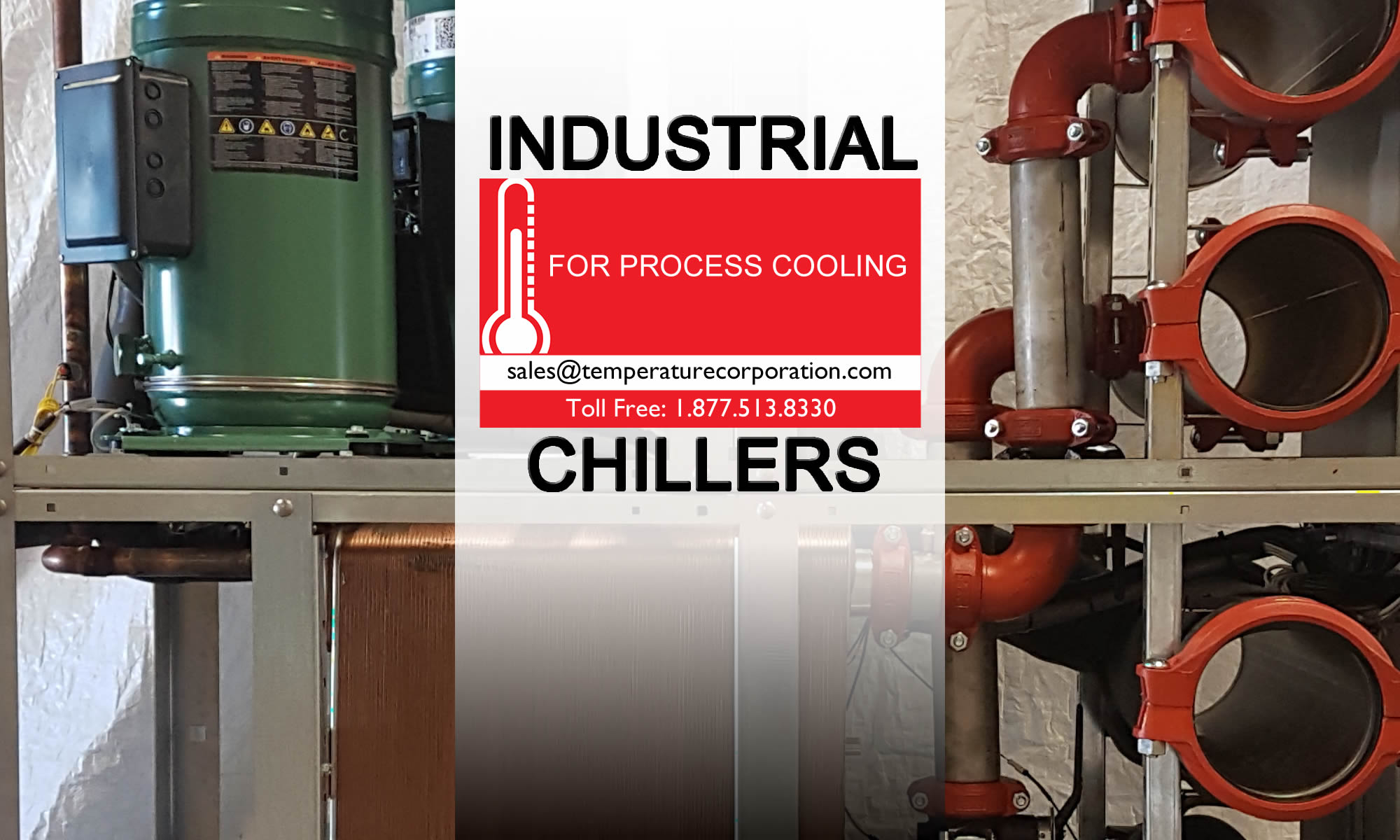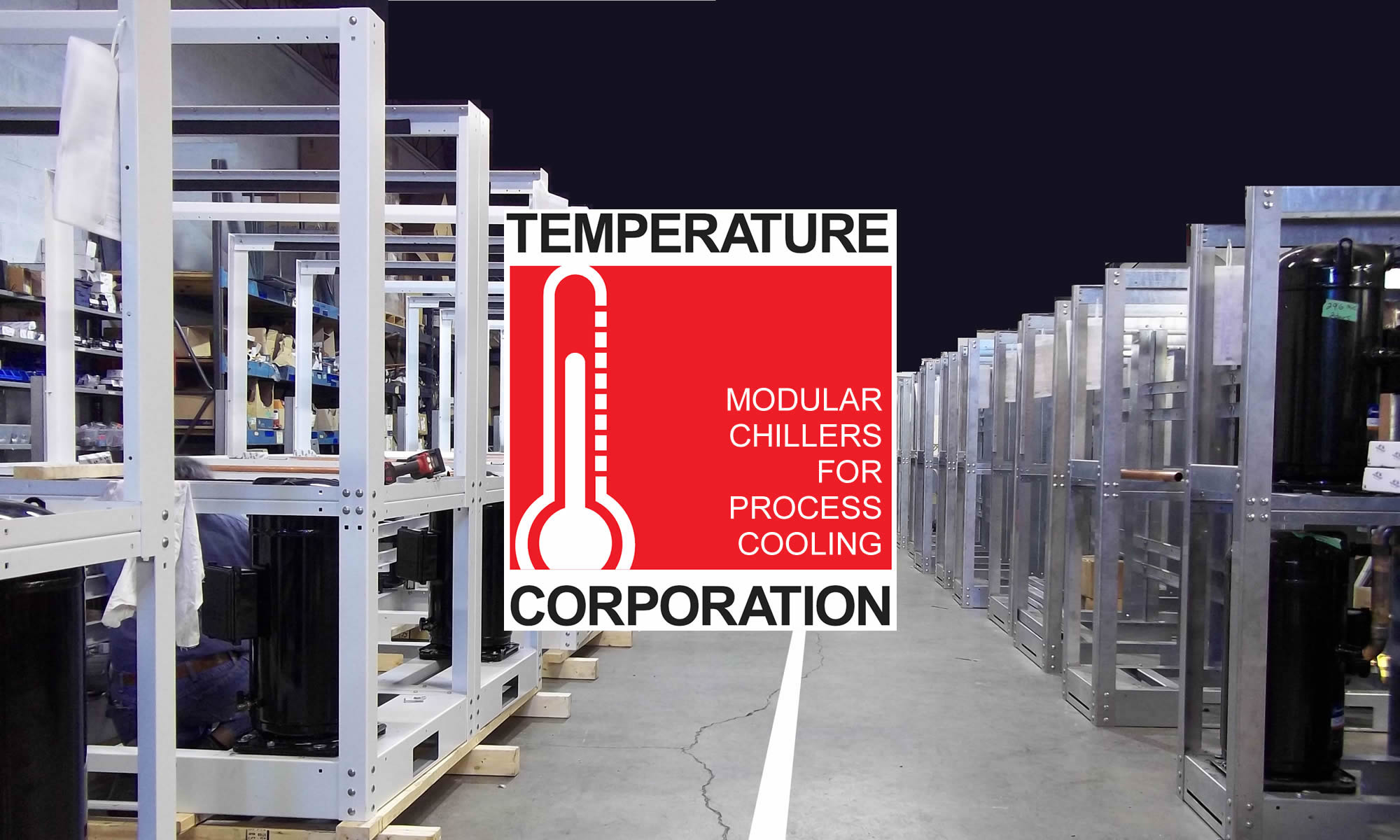Evaporative cooling towers offer a relatively inexpensive way to cool water, as long as you can use 80°F to 85°F (26.6° – 29.4°C) water to do your cooling.
They can be used to cool the condensers on water cooled chillers, hydraulic cooling on molding machines, blow molding machines, air compressors, or any process that operates at or above 100°F (40°C).
Evaporative cooling towers are basically a large galvanized steel or fiberglass casing where water is pumped up to the cooling tower and sprayed over a PCV wet deck, falling down to the basin where it is collected and drained back to the central pump set.
We offer six industrial cooling tower configurations which include the 4900, LCPT, 1500, FXT, PT2 and 1500 BAC series. These cooling towers have a capacity range that starts at 25 tons and can go as high as 1000 tons.
Regardless of their configuration, evaporative cooling towers all work on the same principle:
- The cooling tower blows air through a stream of water so that some of the water evaporates.
- Generally, the water trickles through a thick sheet of open plastic mesh.
- Air blows through the mesh at right angles to the water flow.
- The evaporation cools the stream of water.
- Because some of the water is lost to evaporation, the cooling tower constantly adds water to the system to make up the difference.
The amount of cooling that you get from a cooling tower depends on the relative humidity of the air and the barometric pressure.
For example, assuming a 95° F (35° C) day, barometric pressure of 29.92 inches (sea-level normal pressure) and 80-percent humidity, the temperature of the water in the cooling tower will drop about 6 degrees to 89°F (3.36° degrees to 31.7° C).
If the humidity is 50 percent, then the water temperature will drop perhaps 15 degrees to 80 F (8.4° degrees to 26.7° C).
If the humidity is 20 percent, then the water temperature will drop about 28 degrees to 67 F (15.7° to 19.4° C). Even small temperature drops can have a significant effect on energy consumption.

